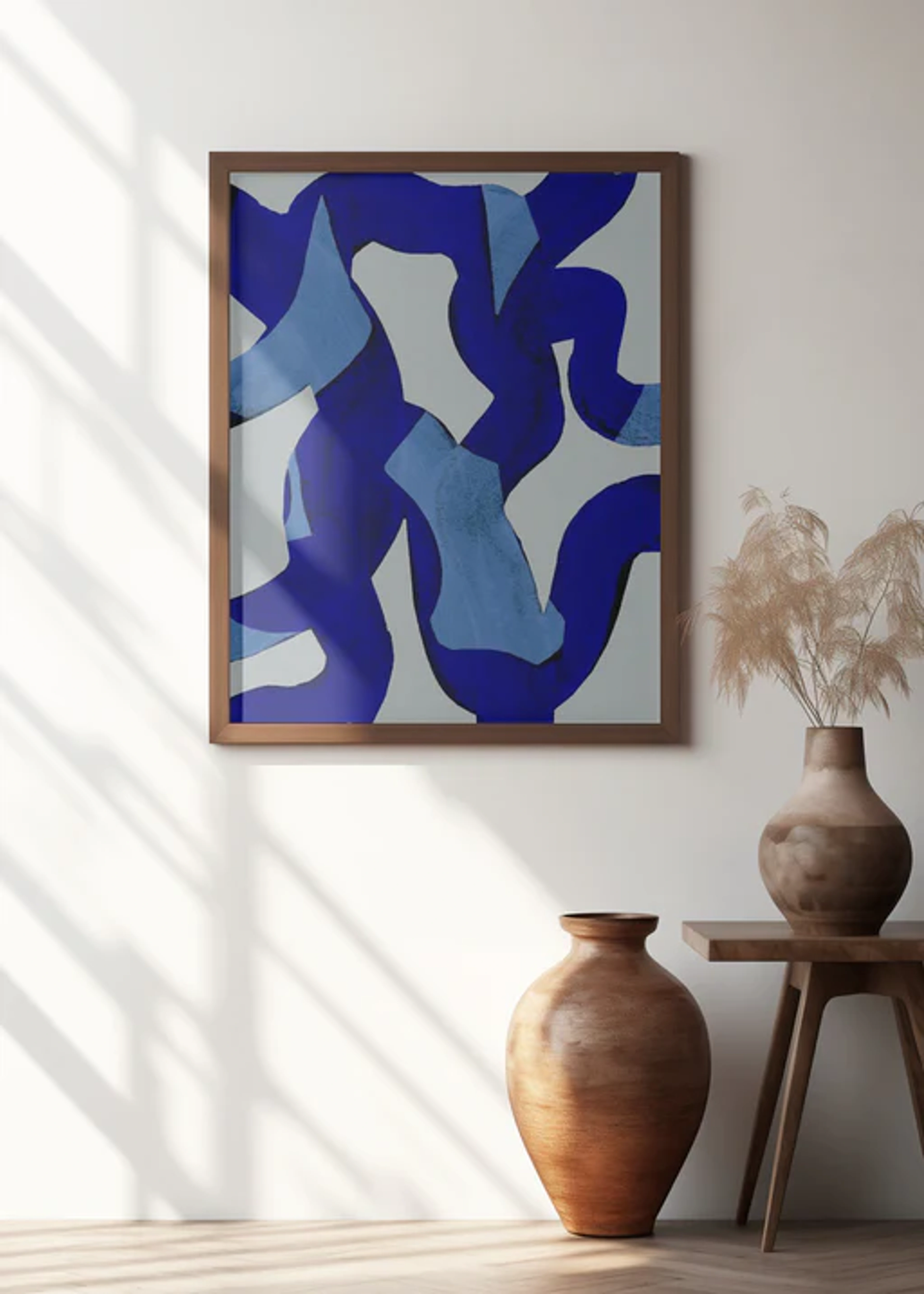
Is Buying Art Prints a Good Investment? My Personal Take
Thinking about buying art prints? I share my personal take on whether they're a good investment, focusing on value beyond just money.
Is Buying Art Prints a Good Investment? My Personal Take
Let's be honest. We all want beautiful things in our lives, things that speak to us, that make our spaces feel like ours. And for many of us, that means art. But then reality hits, usually in the form of a price tag on an original painting that makes your eyes water and your wallet weep.
That's where art prints come in. They're accessible, they're often stunning, and they let you own a piece of an artist's vision without needing a second mortgage. But the question I hear (and have asked myself) is: Are art prints a good investment?
It's a loaded question, isn't it? Because "investment" can mean so many things. Are we talking purely financial? Or is there a deeper, more personal kind of investment at play? As an artist myself, I've thought a lot about this, from both sides of the easel.
What Exactly Is an Art Print Anyway?
Before we dive into the investment side, let's quickly clarify what we mean by "art print." We're not talking about that poster you bought in college (unless it was a very, very special poster). We're generally talking about reproductions of original artwork, often produced in a specific way to maintain quality and sometimes scarcity.
This could be anything from a high-quality giclée print on archival paper or canvas to more traditional methods like screen printing, lithography, or etching. The key is that it's a copy of an original, but ideally, a good copy.
If you want to get really deep into the different types, I wrote a whole guide about Limited Edition Prints Explained. It's more fascinating than it sounds, I promise.
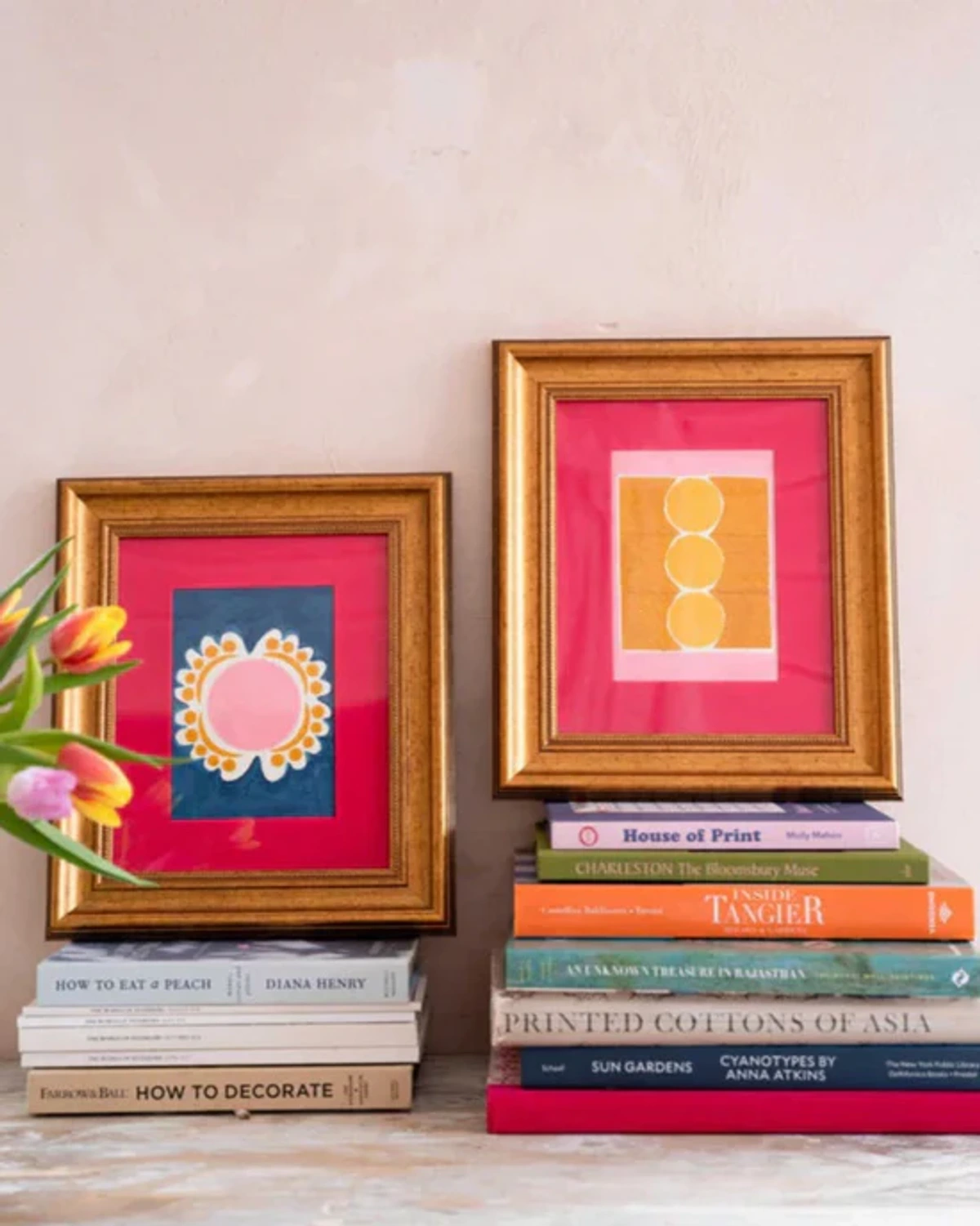
Prints vs. Originals: The Value Showdown
Okay, let's tackle the elephant in the room. An original piece of art is, by definition, unique. There's only one. The artist touched it, poured their energy into that specific object. This inherent scarcity is a huge part of why originals command higher prices and are generally considered the primary focus for financial art investment.
Prints, on the other hand, are multiples. Even a limited edition print, say one of 50, is still one of 50. This immediately changes the dynamic. The value isn't in the singular object, but in its connection to the original and the artist's intent in creating the edition.
Think of it like this: owning an original is like owning the master recording of a hit song. Owning a print is like owning a high-quality, first-pressing vinyl record. Both are valuable, but in different ways and usually at vastly different price points.
I've explored this comparison before in my article Prints vs Paintings, and also delved into How Much Does Original Art Actually Cost. Spoiler alert: it varies wildly!

So, Are Prints a Good Financial Investment?
Here's the nuanced answer: Generally, no, not in the same way original art by established artists is.
For a print to significantly appreciate in monetary value, several things usually need to happen:
- The Artist's Career Explodes: The artist needs to become much more famous and sought-after after you bought the print. This is hard to predict, like picking a winning lottery ticket.
- It's a Rare or Early Edition: Prints from very small editions or early in a famous artist's career tend to hold value better.
- It's in Perfect Condition: Any damage, fading, or poor framing can drastically reduce value.
- Provenance Matters: Knowing the history of ownership can add value, especially for older or more significant prints.
While it can happen that a print increases in value, it's the exception, not the rule, especially for prints by emerging or mid-career artists. The market for prints is much less volatile and speculative than the market for originals.
If your primary goal is a high-return financial investment, buying prints is generally not the most reliable path. You'd be better off researching Art as an Investment focusing on established artists and originals.
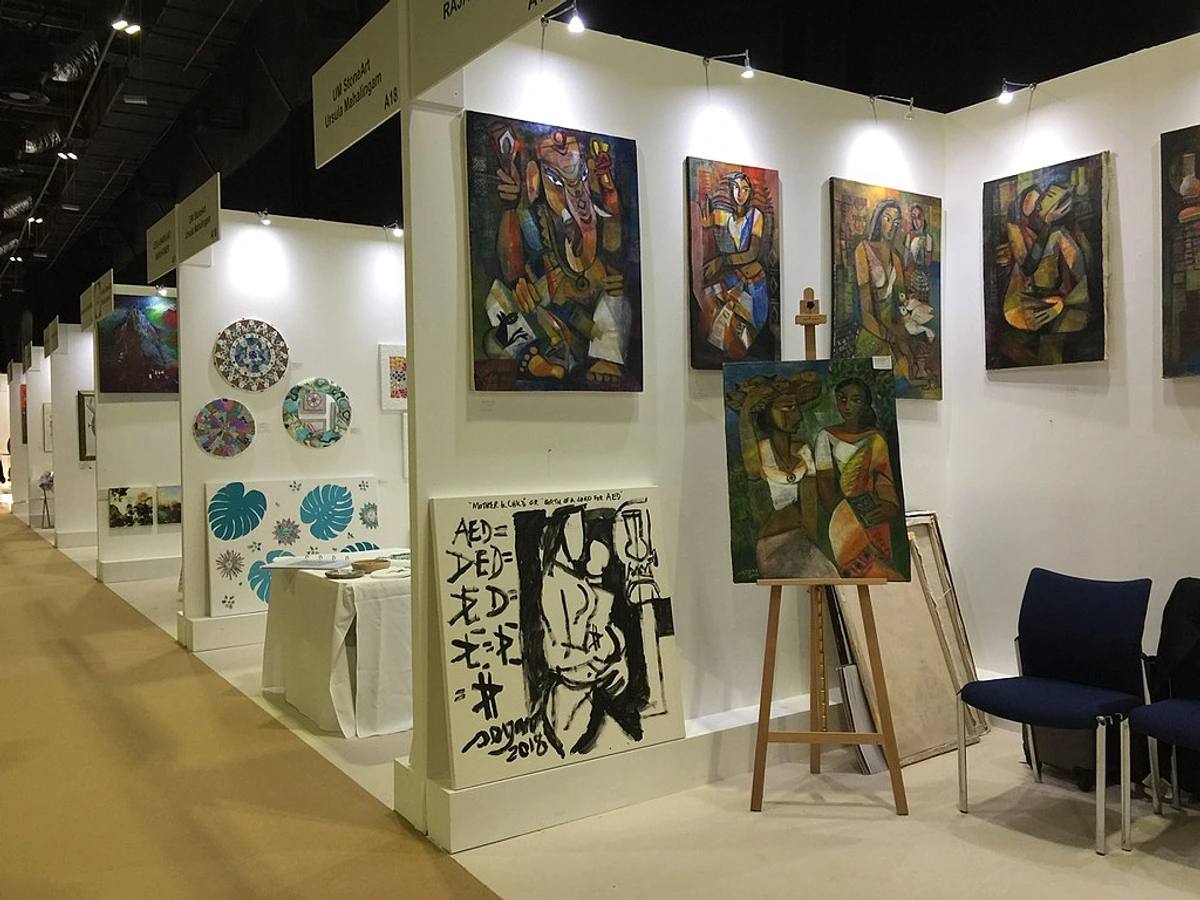
The Real Investment: Joy, Connection, and Supporting Artists
Okay, deep breath. Now let's talk about the other kind of investment, the one that actually matters to most people who buy prints: the investment in your own happiness, your environment, and the creative ecosystem.
Buying a print you love is an investment in:
- Your Space: Art transforms a room. A print can add color, personality, and a focal point. It makes your house feel more like a home. (Speaking of which, I have tons of thoughts on Art at Home and How to Decorate Your Home).
- Your Daily Life: Seeing a piece of art you connect with every day can genuinely lift your mood, spark conversation, or offer a moment of calm reflection. That's priceless, isn't it?
- The Artist: When you buy a print, you're directly supporting the artist. You're saying, "I believe in what you do, and I want a piece of it." This support is crucial for artists to keep creating. As an artist, I can tell you, it means the world.
- Your Journey with Art: Prints are a fantastic way to start collecting art without a massive budget. They allow you to explore different artists and styles and figure out what you truly love. It's part of your personal how-to-buy-art journey.
This is where the real value lies for most print buyers. It's an emotional and personal investment, not a financial one. And in my book, that's a much better reason to buy art anyway.
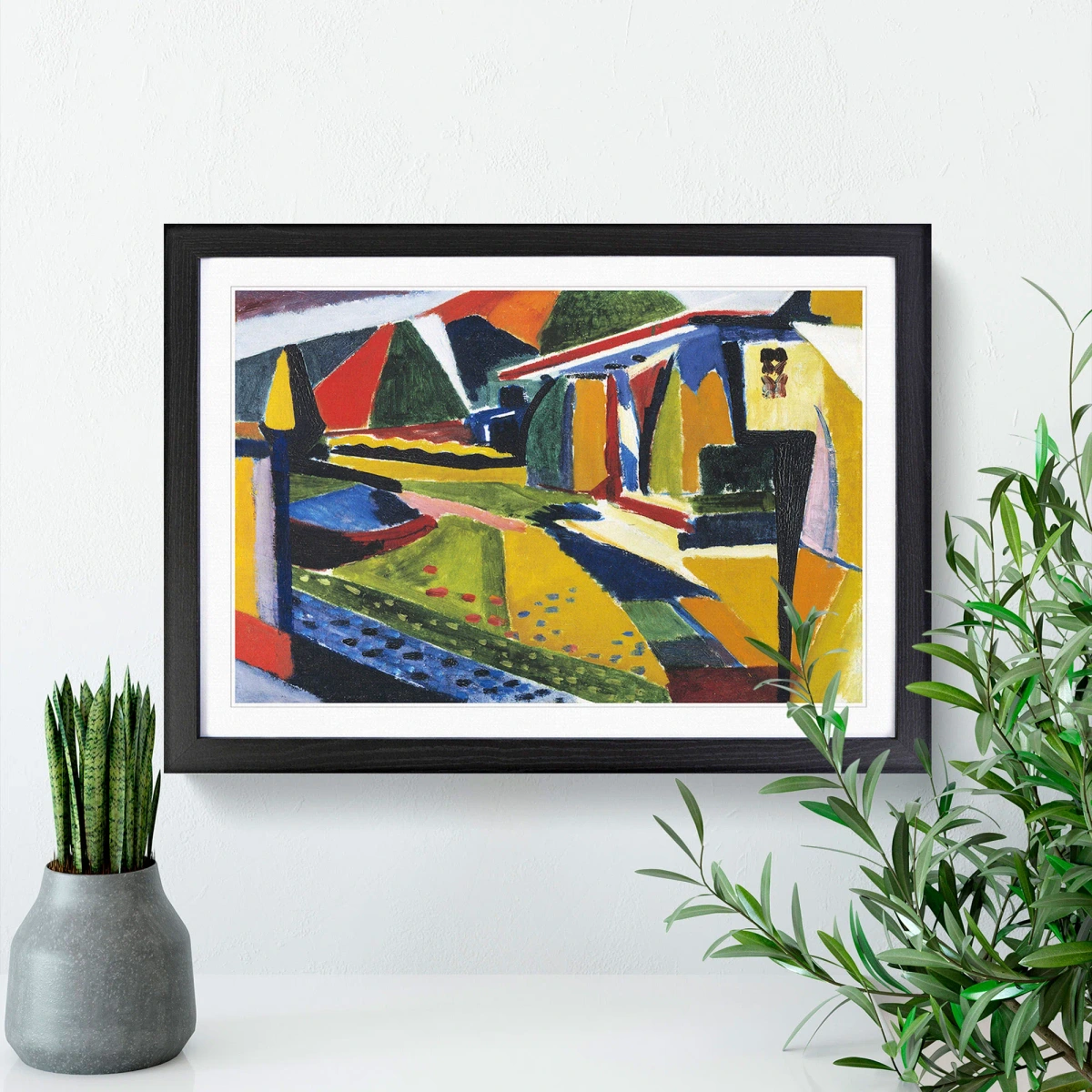
Tips for Buying Prints (For Love or Potential Value)
Whether you're hoping for appreciation or just want something beautiful, here are a few tips:
- Buy What You Love: This is the golden rule. If you buy something you genuinely love, you've already made a great investment in your own happiness, regardless of what the market does. My guide on 10+ Essential Questions Before Buying Art starts with this for a reason.
- Do Your Research: Learn about the artist. Is their career gaining momentum? What's their reputation? Where do they show? (My article on Researching Artists can help here).
- Understand the Print: Is it a limited edition? Is it signed and numbered by the artist? What is the print method? These factors affect both potential value and quality.
- Buy from Reputable Sources: Buy directly from the artist (like on my site!), a gallery, or a trusted online platform. This helps ensure authenticity.
- Check Condition and Framing: Condition is key for value. Ensure the print is in excellent shape. Proper framing (using archival materials) is crucial for preservation. I should probably write an article about framing... adds to list.
- Consider Emerging Artists: Prints from emerging artists are often very affordable. While financially speculative, it's a fantastic way to support talent and potentially get in early on a career. I've talked about How to Spot & Buy Art from Emerging Artists before.
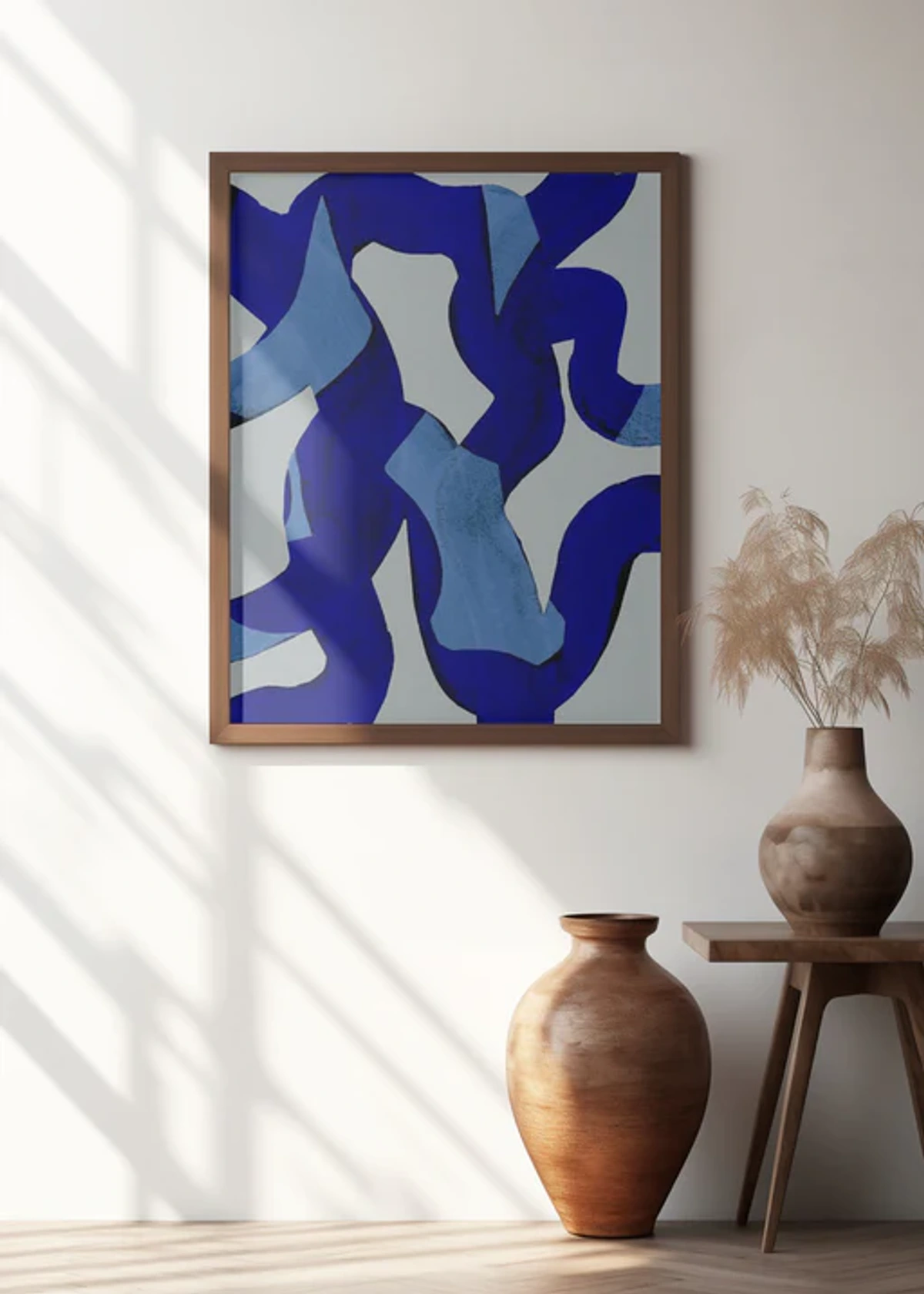
My Personal View
As an artist who makes prints (among other things), I see prints as a way to make my work accessible to more people. Not everyone can afford an original painting, and that's okay! I want people to be able to own a piece of my creative journey, to hang it in their home and connect with it daily.
For me, the "investment" in a print is the joy it brings the owner, the way it enhances their living space, and the direct support it provides to me as a creator. If a print happens to go up in value over time, that's a nice bonus, but it shouldn't be the main driver.
My own journey as an artist, documented on my timeline, has shown me that the most valuable things are often not measured in money. The connection with people who appreciate my work, whether they buy an original or a print, is what truly matters.
And hey, if you're ever near 's-Hertogenbosch, come visit my museum! You can see some originals and prints in person.
FAQ: Quick Answers About Print Investment
- Q: Are limited edition prints a better investment than open edition prints?
- A: Generally, yes, due to scarcity. However, the artist's reputation and career trajectory are still the biggest factors.
- Q: Does signing and numbering a print increase its value?
- A: Yes, a hand-signed and numbered print from the artist's hand is typically more valuable than an unsigned print.
- Q: Can prints by famous artists be good investments?
- A: Yes, prints by very famous, established artists (like Warhol or Picasso) can be significant investments, but they also come with high price tags and require careful authentication and market knowledge.
- Q: How important is the condition of a print for its value?
- A: Extremely important. Damage, fading, or poor handling can severely decrease value. Proper care is essential (Art Care 101 might be helpful).
- Q: Should I buy a print solely because I think it will increase in value?
- A: It's risky. The art market is unpredictable, especially for prints. It's always best to buy art you love first and foremost.
Conclusion: Invest in Joy
So, is buying art prints a good investment? Financially, it's usually a long shot compared to other asset classes or even original art. But as an investment in your quality of life, your personal space, and in supporting the artists you admire? Absolutely.
Buy prints because you love them. Buy them because they make your walls sing. Buy them because they connect you to the artist's world. That kind of investment pays dividends every single day.
And who knows? Maybe one day, that print you bought for love will also be worth a fortune. But even if it's not, you'll still have a piece of art that brings you joy. And isn't that the best return on investment there is?




